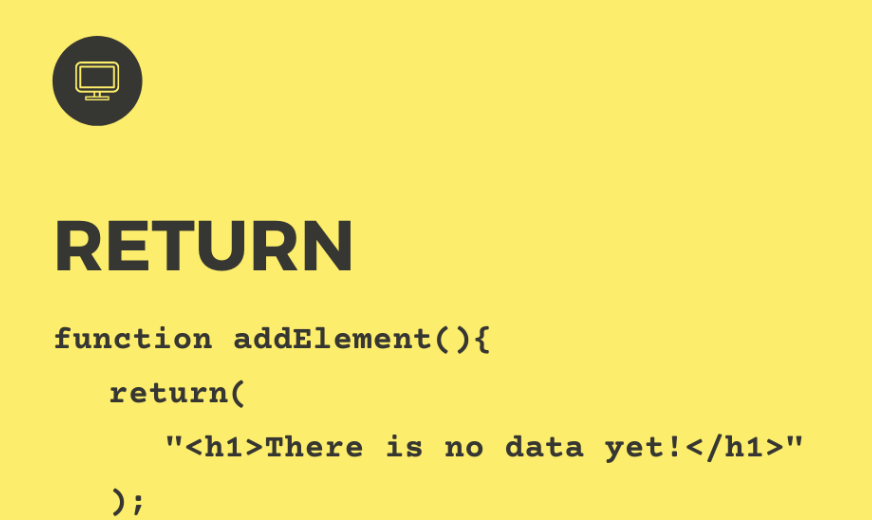 Salesforce is a great tool to deliver cloud-based products and is used by many businesses in various industries. I believe we’re learning how to use it in order to exercise these skills in the future. It also looks good to future employers that we are knowledgeable in a platform that is actively used and sometimes has a learning curve for beginners. By creating a database, we have a central place to store information for use across multiple devices. I really like the diagram included because I think it helps visualize how helpful Salesforce can be across multiple topics.
Salesforce is a great tool to deliver cloud-based products and is used by many businesses in various industries. I believe we’re learning how to use it in order to exercise these skills in the future. It also looks good to future employers that we are knowledgeable in a platform that is actively used and sometimes has a learning curve for beginners. By creating a database, we have a central place to store information for use across multiple devices. I really like the diagram included because I think it helps visualize how helpful Salesforce can be across multiple topics.
In swim diagrams, we use circles to represent where the process starts or ends, rectangles to indicate activities in the process, diamonds to represent decisions made in the process, and cylinders to represent stored data. The “actors” represent roles that play essential parts in the process—they do not specific names but rather are used as placeholders. When we process map, it helps visualize a system’s process in a way that is easier for the view to understand quickly. It also helps identify problems along the way in the process.


Besides being the best CRM in the world, I think we’re learning salesforce to better learn about MIS and how MIS is not really about coding/technology but how businesses can use technology to manage their business efficiently. The reason to use a database in salesforce is to keep track of your data and customer feedback efficiently. A Circle is an indicator of the start and ending of an event. A rectangle signifies an activity in a process. A diamond means a decision that must be made. An arrow indicates the flow of the process. A cylinder represents stored data. Actor means an individual or an entity who completes a specific duty in a particular swim lane. Process Mapping is a tool one can use to define what’s happening in a specific situation visually. We use it because our brain processes visual information faster than words, making it more efficient. First mistake; John Smith, Stock Manager. Change it to simply Stock Manager. Second and Third Mistake: While you start and end a process you need to use a circle not a rectangle. Fourth Mistake: In stock is a decision but only one choice is given and that is yes. It should be yes or no. The reason to use swim lane is it’s much more simpler to understand than bunch of words. It’s also much faster to comprehend as we learned in class.